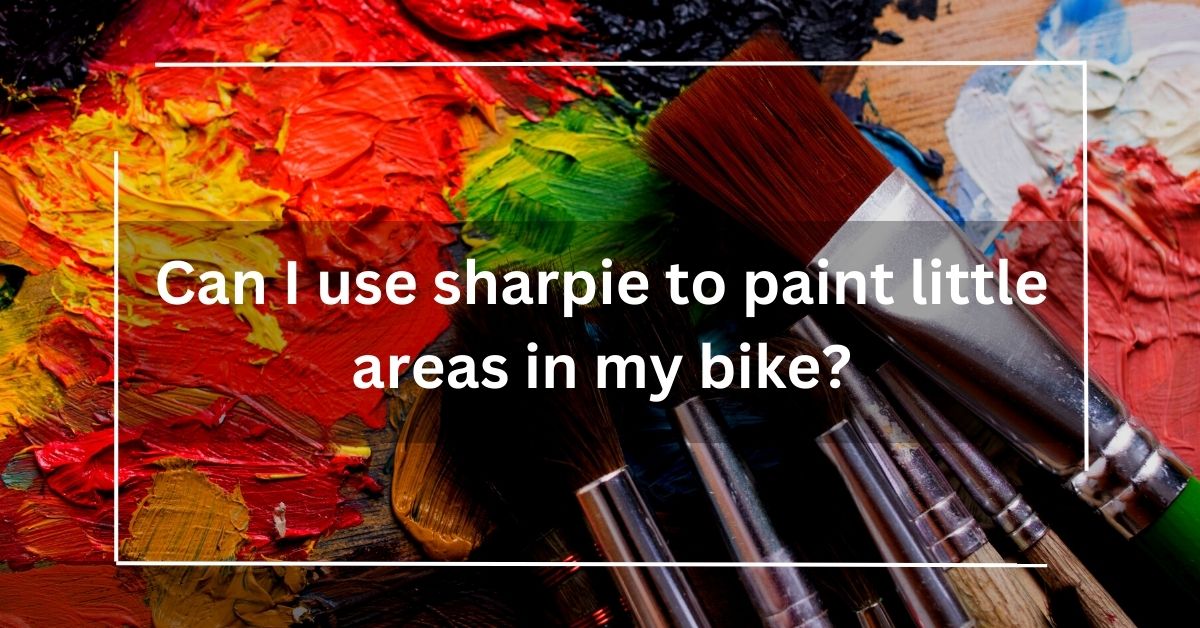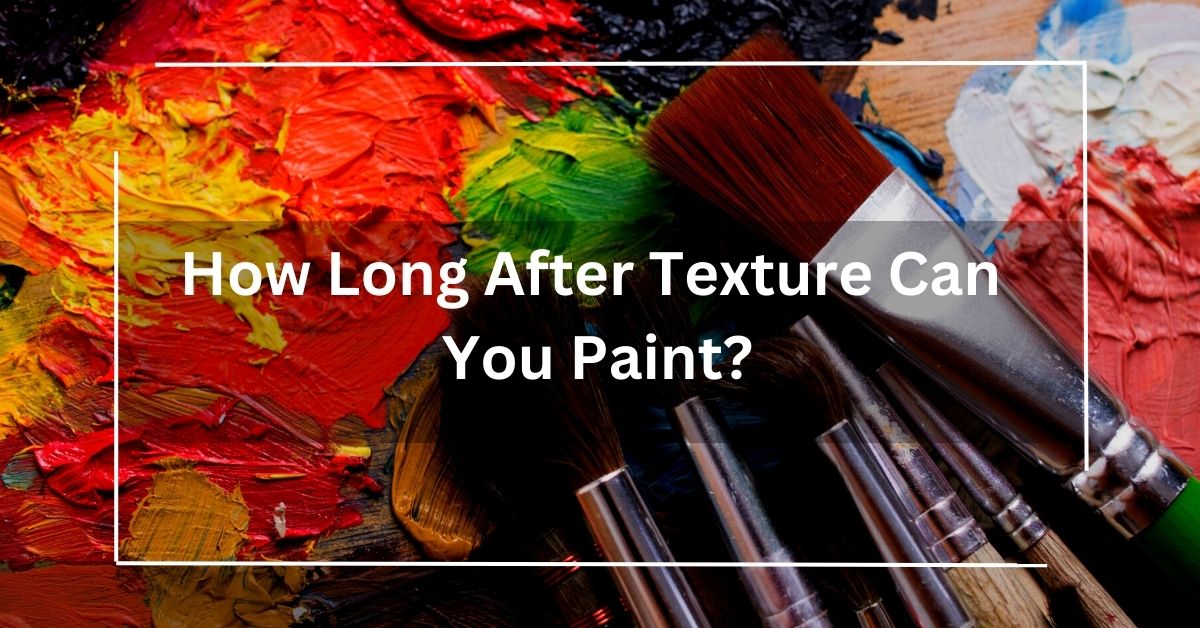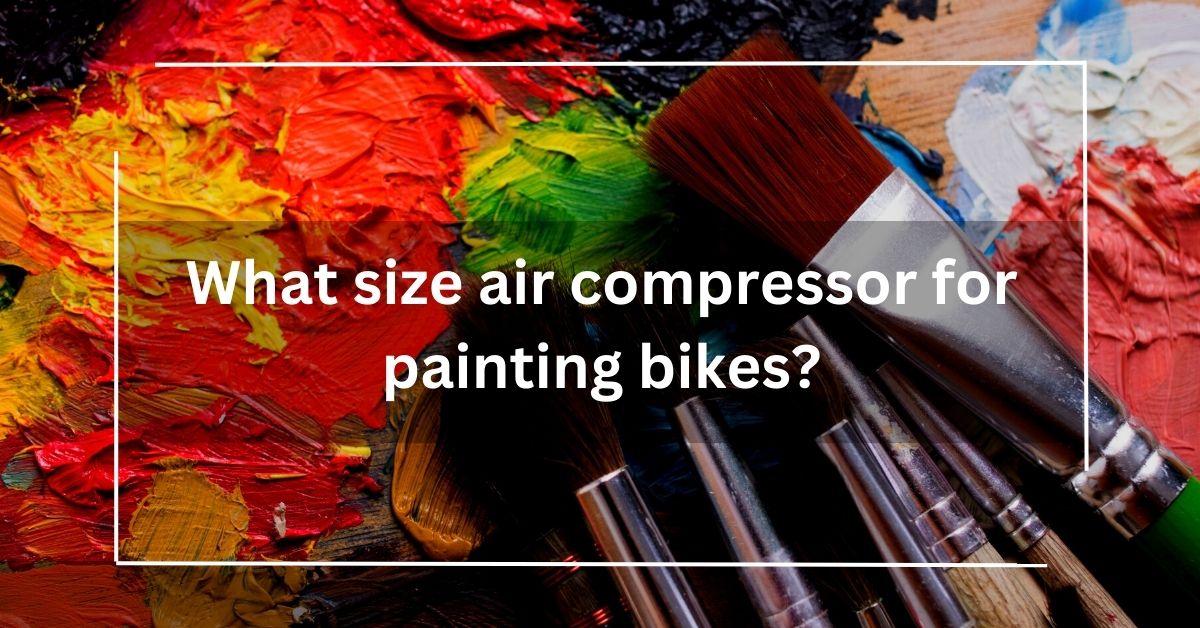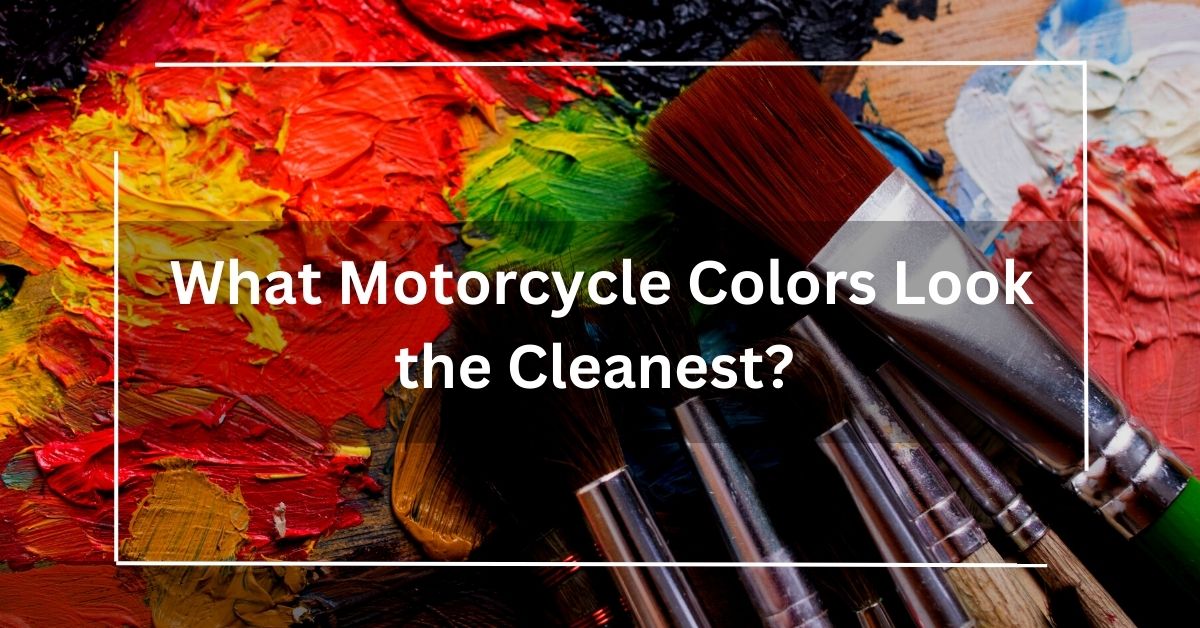If you’re a bike enthusiast and love to personalize your ride, you might be wondering if using a Sharpie to paint those little areas on your bike is a good idea.
Sharpies are versatile markers known for their vibrant colors and ease of use, making them a tempting option for small-scale painting projects.
In this article, we’ll dive into the question, “Can I use Sharpie to paint little areas in my bike?” and explore everything you need to know about this method.
Understanding Sharpie Markers
Sharpie markers are well-known for their vibrant colors and versatility. They are permanent markers that contain alcohol-based ink, which allows them to adhere to various surfaces.
However, it is important to note that Sharpie markers are not specifically designed for painting or coloring large areas. The ink in a Sharpie marker is intended for writing and drawing on surfaces like paper, cardboard, and plastic.
While they can be used on metal surfaces, their durability may be compromised over time due to factors such as exposure to weather conditions and frequent handling.
Painting Small Areas on Your Bike
When it comes to painting small areas on your bike, such as touch-ups or adding intricate designs, using a Sharpie marker can be a convenient option.
Sharpie markers offer precision and control, allowing you to create detailed artwork or cover up minor scratches or blemishes on your bike’s frame or components.
Before using a Sharpie marker on your bike, it is essential to clean the area thoroughly to ensure proper adhesion. Wipe away any dirt, grease, or dust that may hinder the marker’s ability to adhere to the surface.
Additionally, consider testing the marker on a small inconspicuous area first to ensure that the color matches your expectations.
Limitations of Using Sharpie Markers
While Sharpie markers can be a fun and easy way to add a personal touch to your bike, it is important to be aware of their limitations.
Firstly, the ink in Sharpie markers is not as durable as specialized bike paint. Over time, exposure to sunlight, moisture, and general wear and tear can cause the marker ink to fade or smudge.
Furthermore, Sharpie markers are not suitable for painting large areas on your bike. The ink may not provide an even coverage, resulting in an inconsistent or patchy appearance.
If you are looking to paint significant portions of your bike, it is advisable to use proper bike paint or consult a professional.
Protecting Your Sharpie Artwork
Once you have added your desired designs or touch-ups using a Sharpie marker, it is crucial to protect your artwork to ensure its longevity. Applying a clear coat or protective sealant over the marker ink can help prevent fading and smudging.
However, it is important to choose a sealant that is compatible with both the marker ink and the surface of your bike. Before applying any sealant, read the instructions carefully and consider testing it on a small area first.
Additionally, avoid using harsh chemicals or abrasive cleaners on the areas where you have used a Sharpie marker, as they can damage the artwork.
Alternative Options for Painting Little Areas in Your Bike
If you’re hesitant about using a Sharpie or want to explore alternative options, here are some popular methods for painting little areas on your bike:
- Bike-Specific Paint: Invest in high-quality bike paint designed to withstand weather conditions and provide durability. These paints come in various finishes, colors, and even metallic shades, allowing you to achieve professional-grade results.
- Vinyl Decals: Vinyl decals offer a versatile and customizable option for adding designs to your bike. They are available in an extensive range of designs, sizes, and colors, ensuring you find the perfect match for your bike.
- Stencils and Spray Paint: Utilize stencils with spray paint to create intricate patterns and designs on your bike. This method allows you to achieve clean lines and professional-looking results.
- Paint Pens: Similar to Sharpies, paint pens offer a broader color range and come with different tip sizes for various painting needs. They often provide better durability and are compatible with a wider range of surfaces.
By exploring these alternative options, you can find the perfect fit for your bike painting project, considering your preferences and the desired outcome.
Conclusion:
In conclusion, while Sharpie markers can be used to paint little areas in your bike, their durability may not withstand the rigors of frequent use and exposure to the elements.
If you choose to use Sharpie markers, ensure proper application and consider applying a protective coating. Alternatively, using enamel or acrylic paints specifically designed for metal or plastic surfaces can offer a more long-lasting solution.
Ultimately, the choice between Sharpie markers and alternative paints depends on your desired level of durability and the amount of maintenance you are willing to undertake.
FAQs about Using a Sharpie to Paint Little Areas in Your Bike
Here are some frequently asked questions related to using a Sharpie for bike painting:
Q: Can I use a regular Sharpie or should I opt for a specific type?
Yes, you can use a regular Sharpie for painting little areas on your bike. However, consider opting for an oil-based or water-resistant Sharpie for better durability.
Q: Will the Sharpie ink rub off on my hands or clothing?
Once dry, Sharpie ink is generally smudge-proof. However, excessive rubbing or exposure to moisture may cause some transfer, so it’s advisable to handle the painted areas with care.
Q: Can I apply a clear coat over the Sharpie to protect the design?
Yes, applying a clear coat or protective sealant over the Sharpie design can help enhance its longevity and protect it from external elements.
Q: How long will the Sharpie design last on my bike?
The durability of the Sharpie design depends on various factors such as weather conditions, usage, and surface texture. While it may not be as long-lasting as specialized bike paint, proper care and maintenance can extend its lifespan.
Q: Can I remove the Sharpie design if I want to change it later?
Removing Sharpie ink entirely can be challenging, especially if it has been on the bike for a long time. However, you can try using rubbing alcohol or specialized ink removers to lighten or remove the design.
Q: Should I test the Sharpie on a small area before painting my entire bike?
Yes, it’s always a good idea to test the Sharpie on a small, inconspicuous area of your bike to ensure it adheres well and achieves the desired look.



